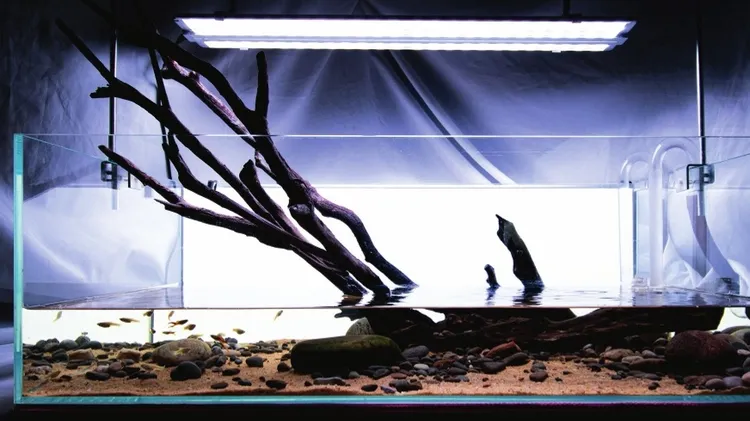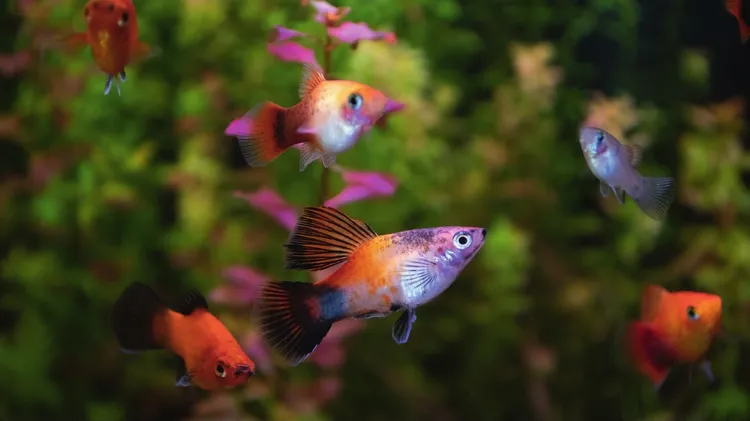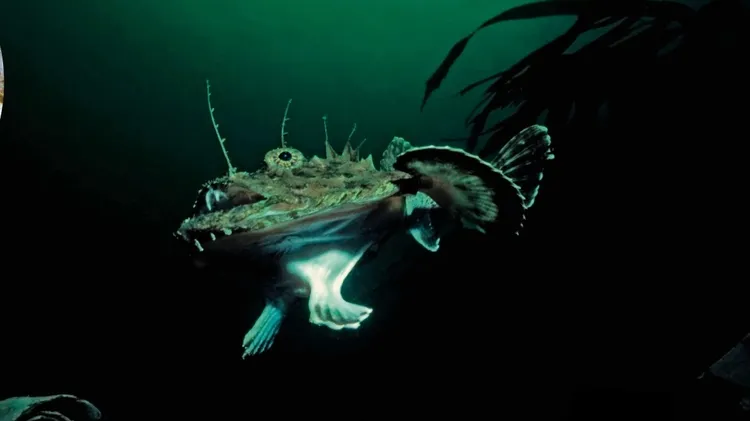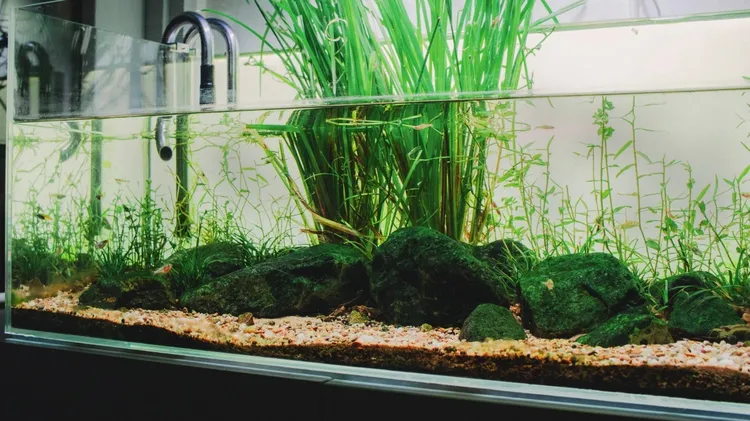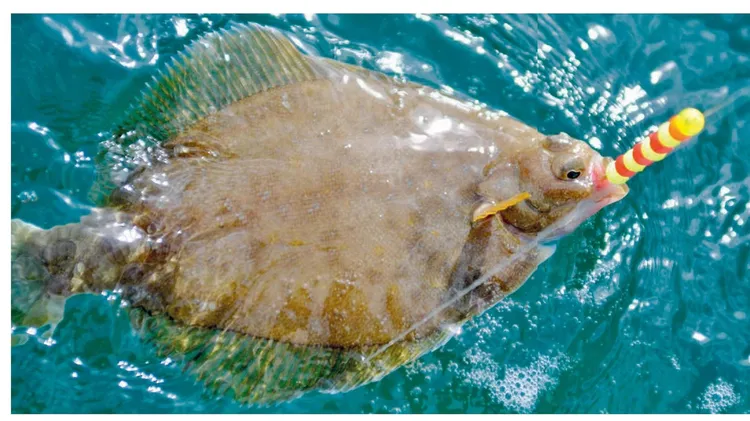Kept correctly, many mainstream fishes can become outstanding aquarium j
Diamonds in the rough
5 min read
This article is from...
Read this article and 8000+ more magazines and newspapers on Readly

